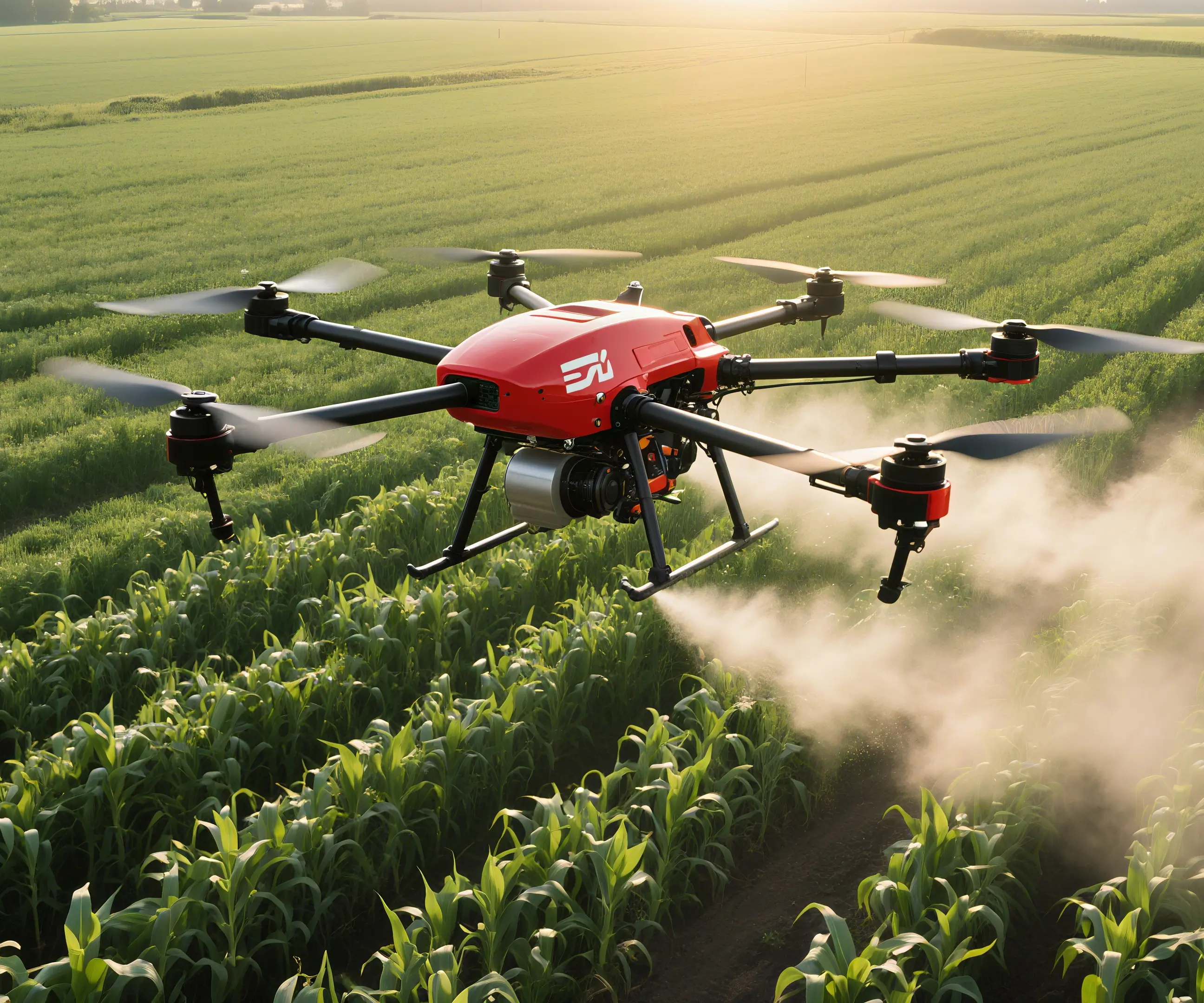When it comes to modern software architecture, securing your microservices should be at the top of your priority list. Microservices are great for scalability and flexibility, but they also come with their own set of security challenges. Let’s talk about some of the best techniques to handle authorization in microservices effectively.

Why is Authorization in Microservices So Important?
Microservices often communicate with each other, and each interaction requires a decision about who is allowed to do what. Without robust authorization, unauthorized access can lead to security breaches, data leaks, or worse. By focusing on the right authorization methods, you're ensuring that each service communicates securely, without exposing your system to vulnerabilities.
Token-Based Authorization
One of the most reliable and widely used techniques for microservices authorization is token-based authentication. Typically, this involves using JWT (JSON Web Tokens) or other similar token-based protocols. Here's how it works:
When a user logs in or an entity wants to interact with your system, they receive a token that holds encrypted information. This token is sent along with requests to authenticate the user’s identity. Tokens can be validated at each microservice to ensure the request is authorized to perform specific actions.
The best part? Tokens are stateless. This means that there’s no need to keep track of sessions across different services, making them perfect for distributed systems like microservices.
Role-Based Access Control (RBAC)
Think about this: you don’t want everyone to have full access to all your services. Role-based access control (RBAC) helps define permissions based on user roles. For instance, an admin can have full access to modify services, while a regular user may only be allowed to view data or request certain resources.
RBAC simplifies things by clearly defining what each role can and cannot do. When implemented well, it reduces the chance of errors or accidental breaches.
Attribute-Based Access Control (ABAC)
If you want something even more granular than RBAC, ABAC might be the answer. With ABAC, you can use attributes—like time of day, location, or IP address—to define permissions. For example, maybe a user can only access certain services during business hours or only from a specific geographical region. It’s a bit more complex but adds a layer of flexibility and security that’s often needed in dynamic environments.
Why Don’t We Just Use One Method?
You might be wondering, why not just pick one method and stick with it? The truth is, different scenarios often require different strategies. For instance, using tokens with RBAC might be enough for most applications. But for systems with highly sensitive data or unique access requirements, combining RBAC with ABAC can give you the precision you need.
One Last Thing: Don’t Forget to Monitor and Audit
Authorization is not a set-it-and-forget-it deal. In a world where threats evolve every day, it’s essential to continuously monitor your microservices environment. Make sure you're auditing who accessed what and when. This proactive approach helps detect unusual behavior or unauthorized access early.
In the end, securing your microservices with the right authorization techniques isn't just about preventing unauthorized access; it's about ensuring a smooth, secure, and efficient experience for both users and your team. And when done right, your entire microservices architecture becomes far more reliable and resilient, ready to scale without compromising security.
Established in 2005, Kpower has been dedicated to a professional compact motion unit manufacturer, headquartered in Dongguan, Guangdong Province, China. Leveraging innovations in modular drive technology, Kpower integrates high-performance motors, precision reducers, and multi-protocol control systems to provide efficient and customized smart drive system solutions. Kpower has delivered professional drive system solutions to over 500 enterprise clients globally with products covering various fields such as Smart Home Systems, Automatic Electronics, Robotics, Precision Agriculture, Drones, and Industrial Automation.




































